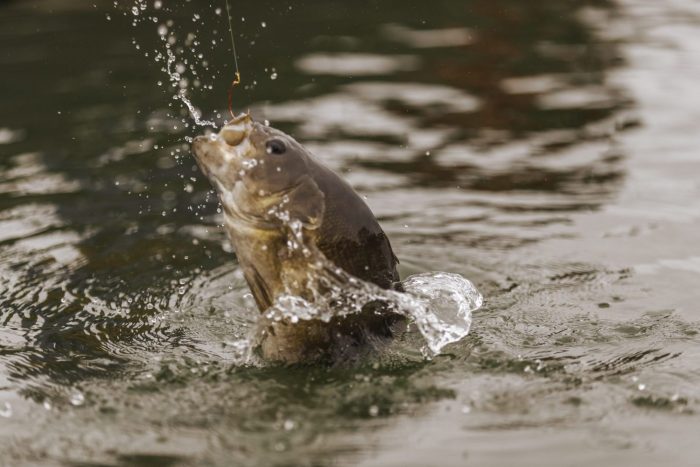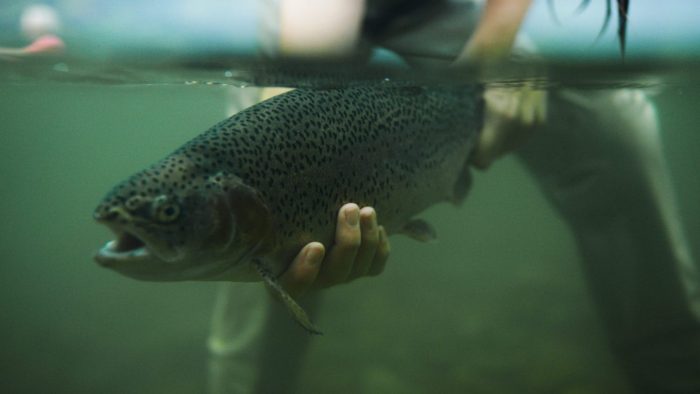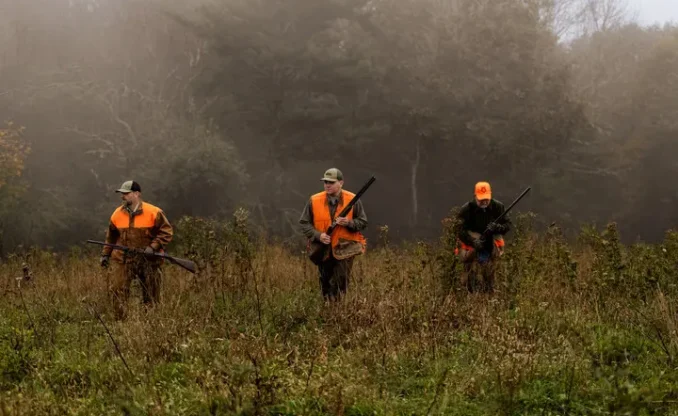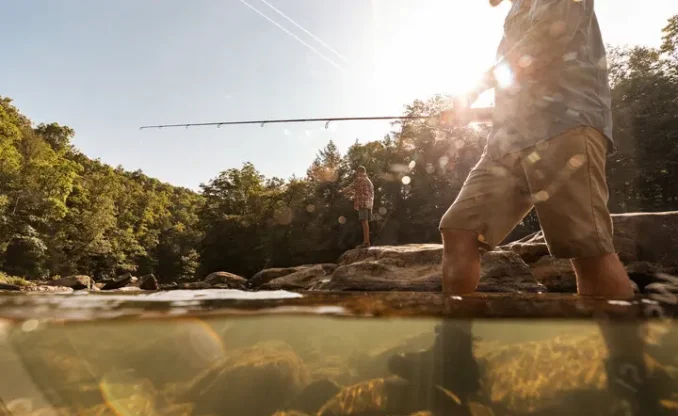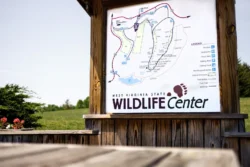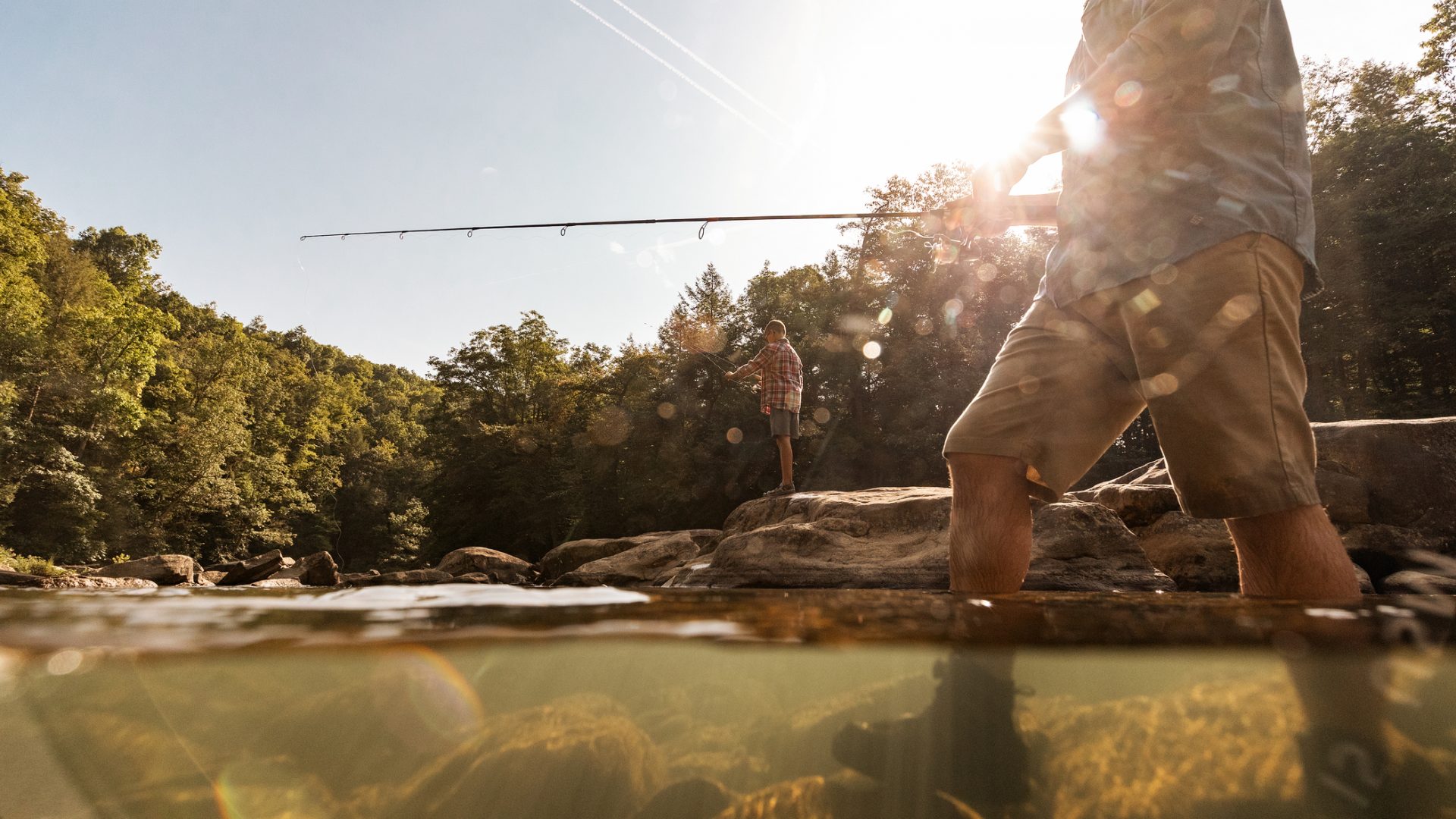West Virginia fishing opportunities are as varied as the state’s diverse landscape. From big rivers and high mountain streams to large impoundments and small ponds, there’s a fishing spot for you. While West Virginia has only one natural lake, Trout Pond in Hardy County, 48 of the state’s 55 counties have at least one public lake. These lakes have different uses, including electricity production, flood protection and recreational opportunities. They also provide a safe water supply for surrounding communities.
In collaboration with the U.S. Army Corp of Engineers and other agencies, the West Virginia Division of Natural Resources works hard to provide fishing opportunities and success for anglers of all ages. Notable lakes include Summersville, Sutton, Stonewall Jackson, RD Bailey, Stephens, Mount Storm, Bluestone, Tygart, Cheat and Beech Fork. Stonewall Jackson is the state’s largest lake, while Tygart is the oldest.
Fishing success on lakes is largely determined by weather patterns. In general, stable weather for three days produces the best fishing. Sudden changes in weather patterns cause shifts in environmental pressure. This causes fish to stratify, or hang at different depths, making it hard to accurately present your lure or bait. Fish finding devices aid in locating suspended fish.
Warmer temperatures typically mean faster catches or retrievals, which are more suitable for spinnerbaits. Look for habitat with rocks and eddies that break the current. Plastic baits are a good go-to bait; tube baits, Senkos or drop-shot rigs also work well. Good hard baits are crank and jerk baits in predatory chartreuse color or lures that mimic bait fish. When water temperature cool, fish become slower, but this doesn’t mean they aren’t hungry. Slower, more methodical catches or retrievals are required in cooler months. Don’t let the cold fool you. You may not catch 30 fish in a day, but the ones you catch during this time likely will be a fish you won’t soon forget. Expect opportunities to catch several species of bass (largemouth, smallmouth, hybrids), sunfish species (crappie, bluegill), catfish (channel, blues), walleye and perch, musky and trout.
Our most notable rivers are the New, Greenbrier, Kanawha, Ohio, Potomac, Tug, Bluestone, Gauley and Guyandotte. These water bodies are known for trophy size walleye, musky, bass and catfish. Unlike lakes, flowing waters don’t respond to weather patterns. Therefore, you can fish them anytime with a higher success rate. The same baits used in lake fishing are suitable to catch fish in rivers. Presentation is the key to fool finicky fish.
Many cold-water fishing opportunities exist, too. In West Virginia, you can catch every species of trout, both wild and stocked, including golden rainbow trout. This hybrid trout is raised at the hatchery in Petersburg, West Virginia. The challenge and enjoyment of catching golden rainbows has sparked a WVDNR-sponsored event called The West Virginia Gold Rush. Each spring the West Virginia Division of Natural Resources is plans statewide stockings of the Mountain State’s very own golden rainbow trout. This fish, while native to West Virginia, is a prized catch among anglers.
Our hatchery staff works all year to ensure every angler has an opportunity to pursue trout. West Virginia has wild and reproducing trout populations of rainbow and brown trout, as well as brook trout, the state fish. It’s arguably the most beautiful trout. These gems are found only in the cleanest and most pristine areas of West Virginia, typically in higher altitudes.
What a great place to be! In minutes you can be throwing tube baits to catch bass and in the next be presenting your favorite fly to a picky trout. Be sure to check the current Fishing Regulations before venturing out. If you have questions, contact a nearby WVDNR district office.
For more information on lake and stream conditions in West Virginia please visit waterdata.usgs.gov/wv/nwis/rt.
